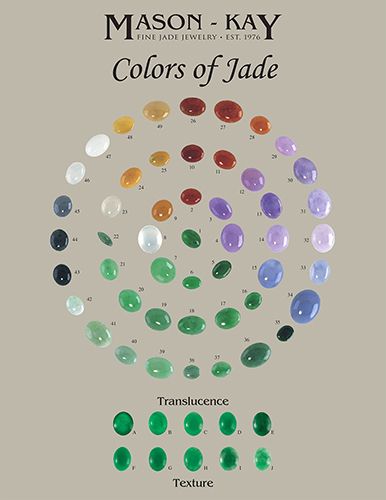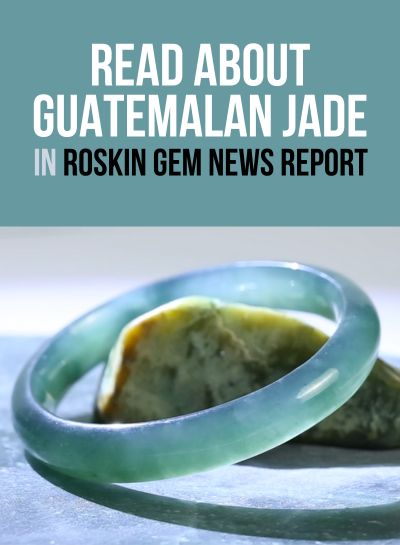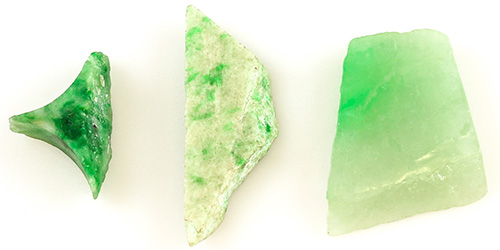
Jadeite jade is a lovely stone with a wonderful history and tradition in the Chinese culture. However, too often it is sold as ‘natural’ when it is actually treated (although the word ‘jade’ can also accurately describe nephrite jade, we will use the word ‘jade’ to describe jadeite jade in this article).
Above - Before, During & After 'B' Jade Treatment
By ‘treatment’, we are referring to color enhancement (dye) or polymer impregnation. Most treated jade pieces are both dyed and polymer impregnated.
Dyeing of jade has been done for more than 100 years, although before 1980, it was rather rare.
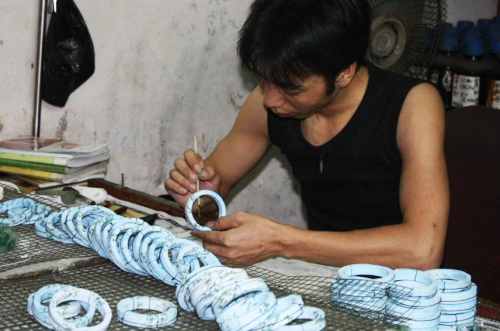 In 1980 (give or take a year or two), a jade treatment process began in which poor quality jade is bleached by soaking in a strong acid, for days or even weeks, to remove impurities in the stone (iron staining, etc.) The acid also breaks down the incredibly tough crystalline structure that makes jade so durable. Fractures that often exist in poor jade are increased, and the stone becomes quite porous.
In 1980 (give or take a year or two), a jade treatment process began in which poor quality jade is bleached by soaking in a strong acid, for days or even weeks, to remove impurities in the stone (iron staining, etc.) The acid also breaks down the incredibly tough crystalline structure that makes jade so durable. Fractures that often exist in poor jade are increased, and the stone becomes quite porous.
Above - Paiting dye on porous, bleached jade bangles
This post-bleached state allows the treater to then paint on a dye which easily seeps into the porous stone. If the stone has enough color, they can go right to the next step without dyeing.
That next step is to impregnate a clear resin polymer into the stone, usually via a centrifuge to help ‘push’ the polymer into the stone. It is then cleaned up and polished (see photos below).
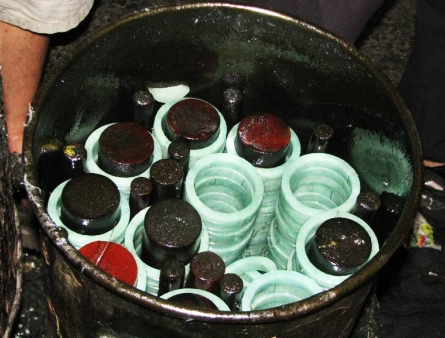 A gemologist can test for material (jadeite or not) and dye, but standard gemological equipment will not detect the existence of polymer. One must use a more advanced piece of equipment to detect polymer.
A gemologist can test for material (jadeite or not) and dye, but standard gemological equipment will not detect the existence of polymer. One must use a more advanced piece of equipment to detect polymer.
There are also many gems that imitate jadeite jade. Don’t fall into the trap of asking if a piece is ‘real’ jade. Dyed and/or polymer impregnated jade is still jade, it is just treated jadeite. The answer will usually be “yes, real jade” even if the piece has been treated. This answer is accurate but very misleading. All it means is that the stone is not quartz, serpentine or anything other than jade, therefore an accurate answer… The proper question is if the piece is natural or treated!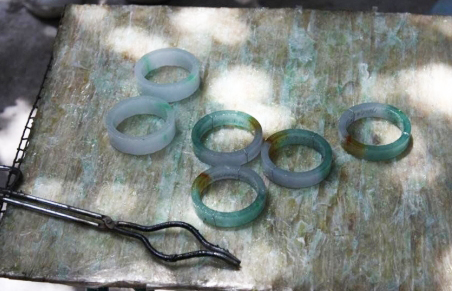
The bottom line is to always buy from a reputable source that will guarantee the jade as natural and will allow for return of the piece if it is found to be treated.
Jeff Mason, G.G.
Click here to learn more about
Above-'B' Jade Treatment Completed, Ready To Be Polished

